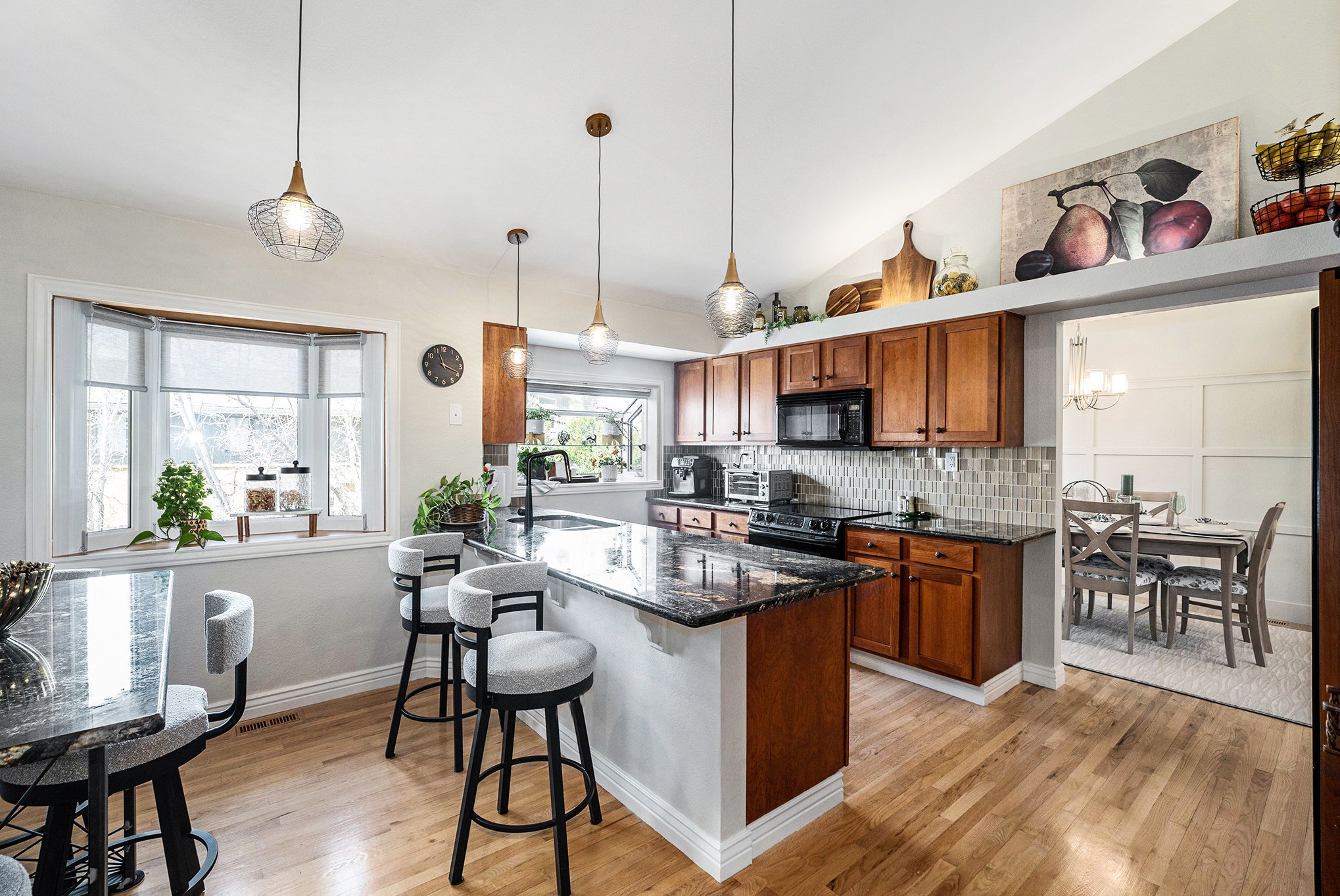As we grow older, the comforts of home become even more meaningful. But comfort goes beyond cozy furniture—it’s about feeling safe, independent, and empowered in the space where we live. That’s where senior-friendly home designs come in. Whether you or your loved ones are planning to age in place or simply want to make your home more accessible, retrofitting your living space can offer peace of mind and a higher quality of life.
Let’s explore how simple, thoughtful updates can make a big impact when it comes to comfort and functionality for seniors.
1. Embracing One-Level Living
Multi-level homes may look charming, but stairs can quickly become a hazard for aging adults. One of the first considerations in senior-friendly home designs is the floor plan. If relocating to a single-story home isn’t feasible, consider converting a first-floor space into a bedroom or adding a stair lift to improve mobility and safety.
Smooth, level flooring throughout the house also reduces tripping risks—ditch the thick carpets and step-down rooms for seamless flooring transitions.
2. Make Bathrooms Safe and Stylish
Bathrooms are one of the most accident-prone spaces in a home. Fortunately, they’re also one of the easiest areas to upgrade with accessibility in mind. Install grab bars near the toilet and inside the shower, and swap out traditional bathtubs for a walk-in shower with a hand-held showerhead.
A non-slip floor surface and a shower bench can make everyday routines safer without sacrificing design. Many senior-friendly home designs now incorporate spa-inspired looks—proof that practical can still be beautiful.
3. Update Kitchen Layouts for Comfort and Reach
A kitchen should be a welcoming space, not one that causes physical strain. Retrofitting the kitchen is all about improving reachability and ease of movement. Pull-out shelves, D-shaped cabinet handles, and lower countertops can make everyday tasks more manageable.
Consider installing a wall oven at counter height to avoid bending, and use drawer-style appliances to make access easier. Good lighting is crucial, too—a well-lit kitchen reduces errors and accidents.
4. Improve Lighting and Visibility Throughout the Home
As vision changes with age, proper lighting becomes essential. Boosting natural light is ideal, but you should also layer in ambient, task, and motion-sensor lighting throughout the house. Use contrasting colors on floors, walls, and countertops to improve depth perception.
Senior-friendly home designs focus on lighting as much for safety as for ambiance. From bedside lamps with touch controls to LED nightlights in hallways, small changes in illumination can transform a home’s usability.
5. Upgrade Entryways and Navigation
Wide doorways, lever-style door handles, and zero-step entryways are all simple changes that can make a major difference in mobility. Add a covered ramp or gradual walkway for homes with steps, and ensure thresholds are flat to allow easy movement, especially for wheelchairs or walkers.
Smart home technology also plays a role—keyless locks, voice-activated lights, and smart thermostats offer convenience and accessibility, aligning with today’s most advanced senior-friendly home designs.
6. Comfortable Living Spaces for Rest and Relaxation
Living areas should feel like a sanctuary. Choose firm seating with arms to make getting up easier, arrange furniture to allow open pathways, and reduce clutter to avoid tripping. Area rugs should be secured or avoided altogether.
Installing remote-controlled blinds or smart TVs can enhance both comfort and independence—no need to fumble with cords or hard-to-reach switches.
Conclusion: Invest in Independence and Peace of Mind
Upgrading your home doesn’t mean giving up beauty or warmth—it means adapting it to better support the needs of your lifestyle. From kitchen updates to safer bathrooms and smarter lighting, these changes help ensure your home remains your haven for years to come.
Senior-friendly home designs are more than a trend—they’re a way of honoring independence, dignity, and safety. And best of all? They allow your home to grow with you, gracefully and practically.


